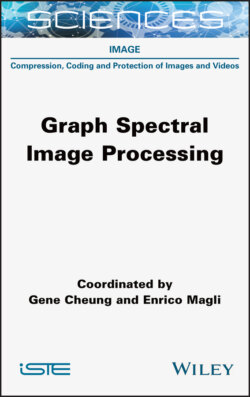Читать книгу Graph Spectral Image Processing - Gene Cheung - Страница 31
1.5.2. Perfect reconstruction condition
ОглавлениеSuppose that the redundancy is ρ ≥ 1 and the columns of E are linearly independent. The perfect reconstruction condition equation [1.38] is clearly rewritten as
[1.39]
The critically sampled system constrains that E is a square matrix; therefore, R must be E−1 for perfect reconstruction. For the oversampled system, we generally have an infinite number of R satisfying the condition in equation [1.39]. The most simple and well-known solution is the least squares solution, which is expressed as
[1.40]
This is nothing but the Moore–Penrose pseudo inverse of E4. This GSP system is generally asymmetric: while the analysis transform has graph filters and possible sampling, the synthesis transform does not have such a clear notion of filtering and upsampling. In general, the asymmetric structure requires a matrix inversion. Additionally, the N × N matrix ETE is usually dense, which leads to complexity.
Therefore, symmetric structures are often desired instead, and they are similar to those that are widely used in classical signal processing. The synthesis transform with a symmetric structure has the following form:
[1.41]
where gk(L) is the kth synthesis filter and is an upsampling matrix. As a result, each subband has the following input–output relationship:
[1.42]
reconstruction, it must be x.The resulting output is therefore represented as and for perfect reconstruction, it must be x.
